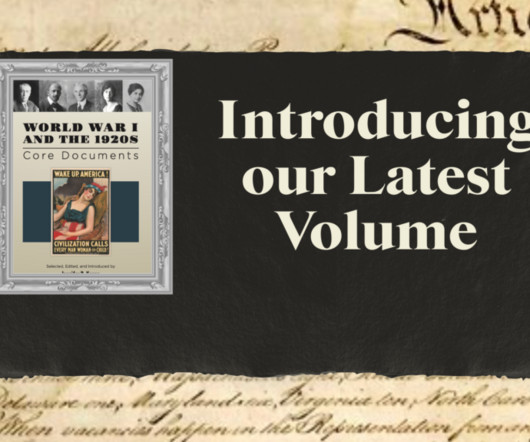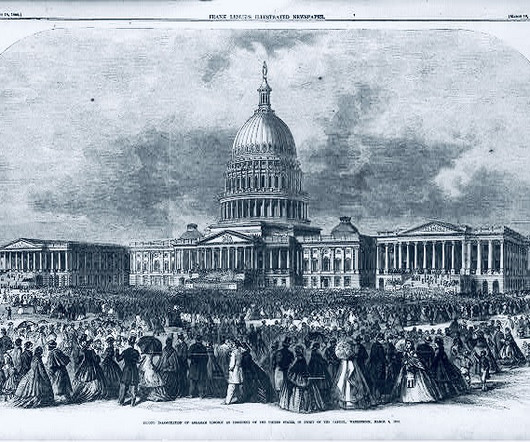WWI and the 1920s: Interview with Jennifer Keene, Part 2.
Teaching American History
OCTOBER 8, 2024
Teaching American History has recently published World War I and the 1920s: Core Documents , a collection curated by Professor Jennifer D. Keene , Professor of History and Dean of the Wilkinson College of Arts, Humanities and Social Sciences at Chapman University. appeared first on Teaching American History.














Let's personalize your content